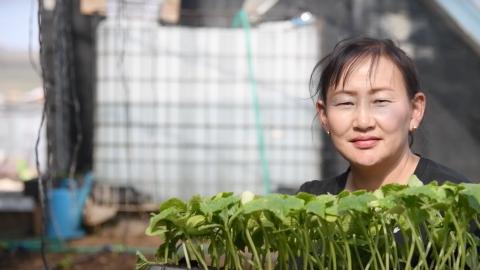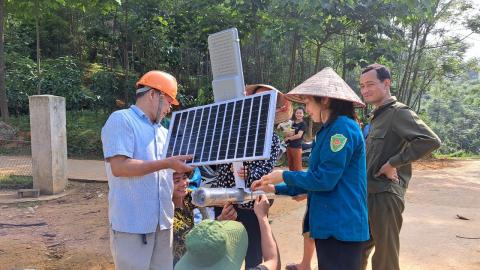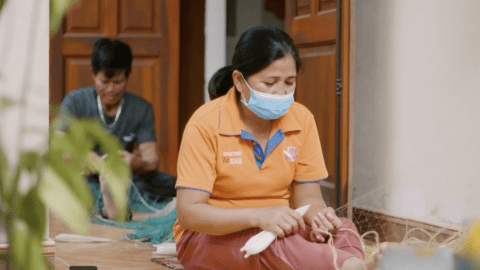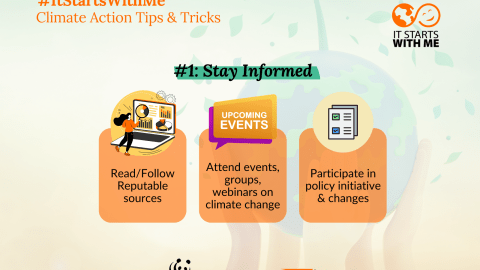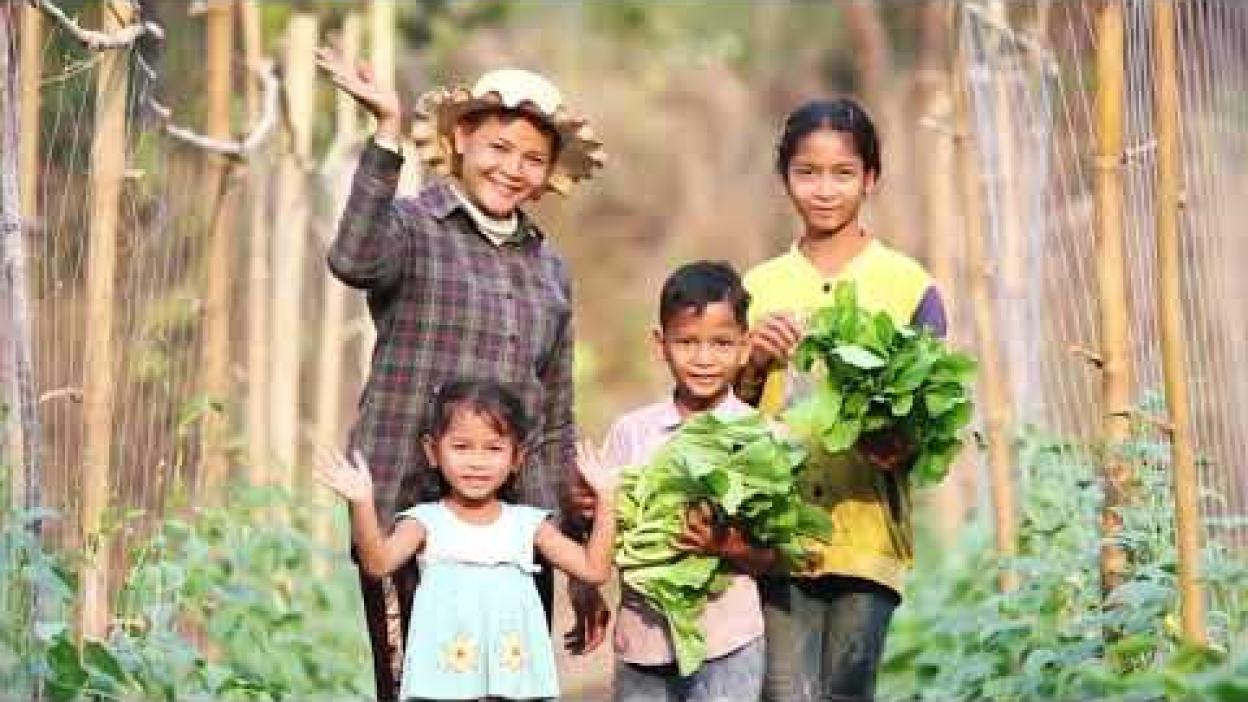#WorldEnvironmentDay
A sustainable natural environment is essential for the survival and well-being of human beings. Climate change has catastrophic impacts on the environment and can lead to far-reaching consequences. Unfortunately, no one pays a higher price than those who’ve done the least to cause this global problem – the poor.
A crisis we cannot ignore
The ramifications of climate change include sea level rise, more floods and droughts, extended heat waves and extreme weather events that are becoming more intense and unpredictable. 13 out of 30 countries most vulnerable to the impacts of climate change are found in East Asia and the Pacific region. Climate change is exacerbating the existing vulnerabilities of the most vulnerable children and their families. It will not only negatively affect the health of the poor and the fulfilment of their basic needs such as drinking water, but in many countries, it also poses a real threat to livelihoods and food security as a result.
World Vision believes that every child has the right to live in a healthy and safe environment. We work with various stakeholders to build a sustainable habitat conducive to children's thriving. We also partner with children themselves through our environmental stewardship and climate action programmes to achieve positive development outcomes for children and their communities.
The children have spoken. Let us listen and act on their call.
The climate crisis is a children's crisis. From affecting family's income to melting their future, children have had enough and are calling for action.
Renewable energy
Renewable energy projects are designed to empower communities with sustainable energy solutions, which aims to improve their quality of life while fostering economic resilience and environmental stewardship.
Planet vs. Plastics
Reducing plastic usage is crucial in addressing the climate crisis as it not only curtails carbon emissions associated with plastic production but also mitigates environmental degradation, preserving vital ecosystems like forests and oceans that act as natural carbon sinks. Through our initiatives across East Asia, we strive to mobilise children and communities in the endeavour to reduce plastic waste and promote responsible recycling practices. This way, we can significantly contribute to combating climate change and safeguarding the planet for future generations.
Climate Action in East Asia
World Vision recognises the link between climate change and sustainable development. Across the region, our programmes seek to address climate change in five practical ways as we work towards a more resilient and sustainable future for all, where children and communities are empowered to thrive in harmony with nature.
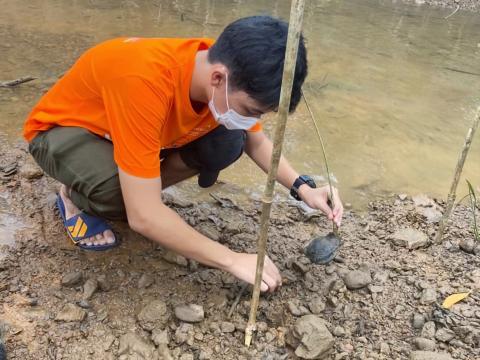
Restore natural environment
Environmentally restorative activities such as reforestation provide communities with a sturdy shield against strong winds, floods and coastal erosion.
Read about Arun's effort to restore the mangrove forest in his community.
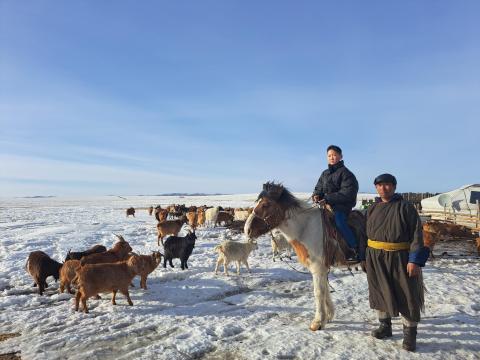
Increase resilience to climate change
Climate-smart livelihoods and anticipatory actions help smallholders coexist with extreme weather conditions and secure year-round food sources for their families and children.
Read about how anticipatory action is supporting Mongolian herders to survive the impact of Dzud.
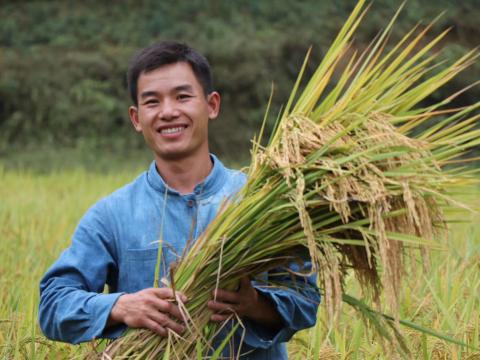
Promote eco-friendly farming
Farmers are trained and supported to build sustainable livelihoods that minimise impacts on the environment and avoid contamination of soil and water resources.
Read about how Tang and his family have benefited from World Vision China's Eco-farming Project.
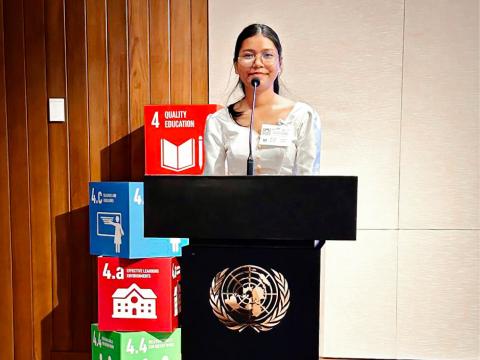
Empower future generations
Children are equipped to voice up about climate issues and provided with spaces to call for systemic changes as well as make transformative impacts on their living environment.
Read about how youth in Cambodia are calling for action and better climate education to promote environmental stewardship, and how youth in Mongolia are tackling air pollution.
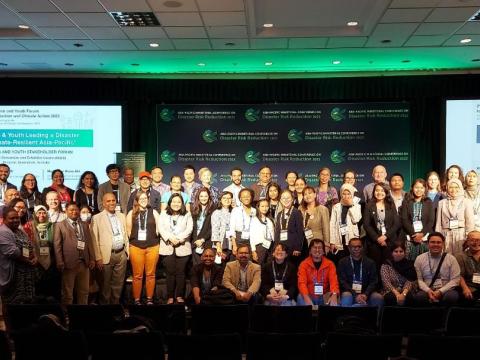
Advocate for climate actions
Voices from children and the vulnerable are brought forth to decision-makers and global leaders to increase finances for climate actions, replicate what has been proven effective, and accelerate progress towards sustainable development.
Read about Nomin, child delegate from Mongolia to COP28, and how children's voices matter in global platforms and dialogues on climate action.

